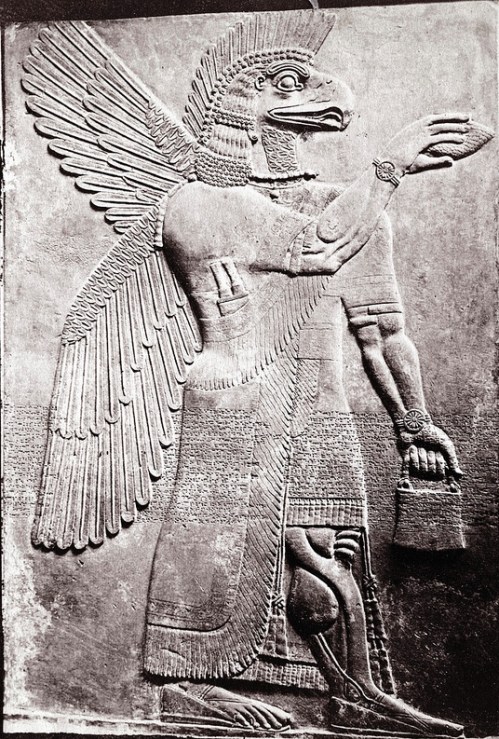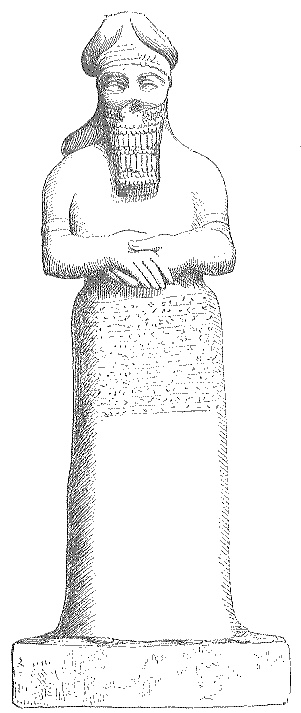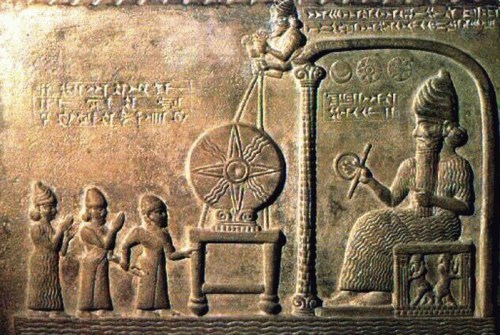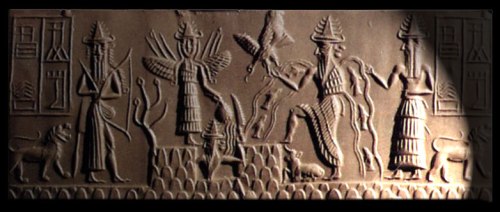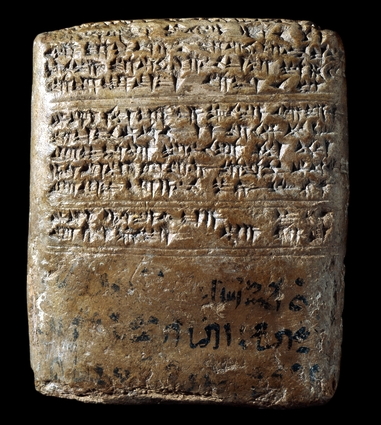On Assyrian Curses
“Closely connected with the mystical importance thus assigned to names was the awe and dread with which the curse or excommunication was regarded. Once uttered with the appropriate ceremonies, the binding of knots and the invocation of divine names, it was a spell which even the gods were powerless to resist.
In Assyrian it was called the mamit, in Accadian the śabba, and was naturally considered to be divine. In Accadian, Mami had been a goddess; the borrowed Assyrian deity, therefore, assumed the Semitic feminine termination.
In the tenth book of the Epic of Gisdhubar (Epic of Gilgamesh), the goddess Mam-metu, as her name is there spelt, is called “the maker of fate” who “has fixed the destinies” of mankind, “along with” the spirits of the earth; “she has established death and life, but the days of death are unknown.”
Mamit thus bore a striking resemblance to the Fate of the Romans and the Atê of the Greeks. Like Atê, her operations were usually conceived of as evil. Just as Namtar, the plague-demon, was also the personification of doom and destiny, so too Mamit was emphatically the concrete curse.
If she established life as well as death, it was only because the term of life is fixed by death; death, and not life, was the real sphere of her work. Hence the mamit was known among the Accadians as the (nam)-eríma or “hostile doom;” and though Anu, as we have seen, might as the pole-star be called “the mamit of heaven,” it is in no friendly guise that the mamit is presented to us in the magical texts.
It was, in fact, like the power of excommunication in the Middle Ages, the most terrible weapon that could be used by the priestly exorcist. For the power of invoking the aid of the goddess Mamit by pronouncing the curse was completely in his hands.
All that was needed was the performance of certain rites and the repetition of certain words. Armed with the magic wand, he could lay the terrible excommunication on the head of his enemy, and cause it to issue forth from the body of his friend.
“Let the mamit come forth that I may see the light,” is one of the petitions we meet with in the tablets; and Tiglath-Pileser I states that after his conquest of the kings of Nahri he “freed them, prisoners and bound as they were, in the presence of the Sun-god (his) lord, and made them swear to be his servants from henceforth and for ever, under pain of the curse (mamit) of (his) great gods.”
A.H. Sayce, Lectures on the Origin and Growth of Religion as Illustrated by the Religion of the Ancient Babylonians, 5th ed., London, 1898, pp. 305-7.

